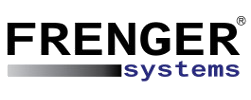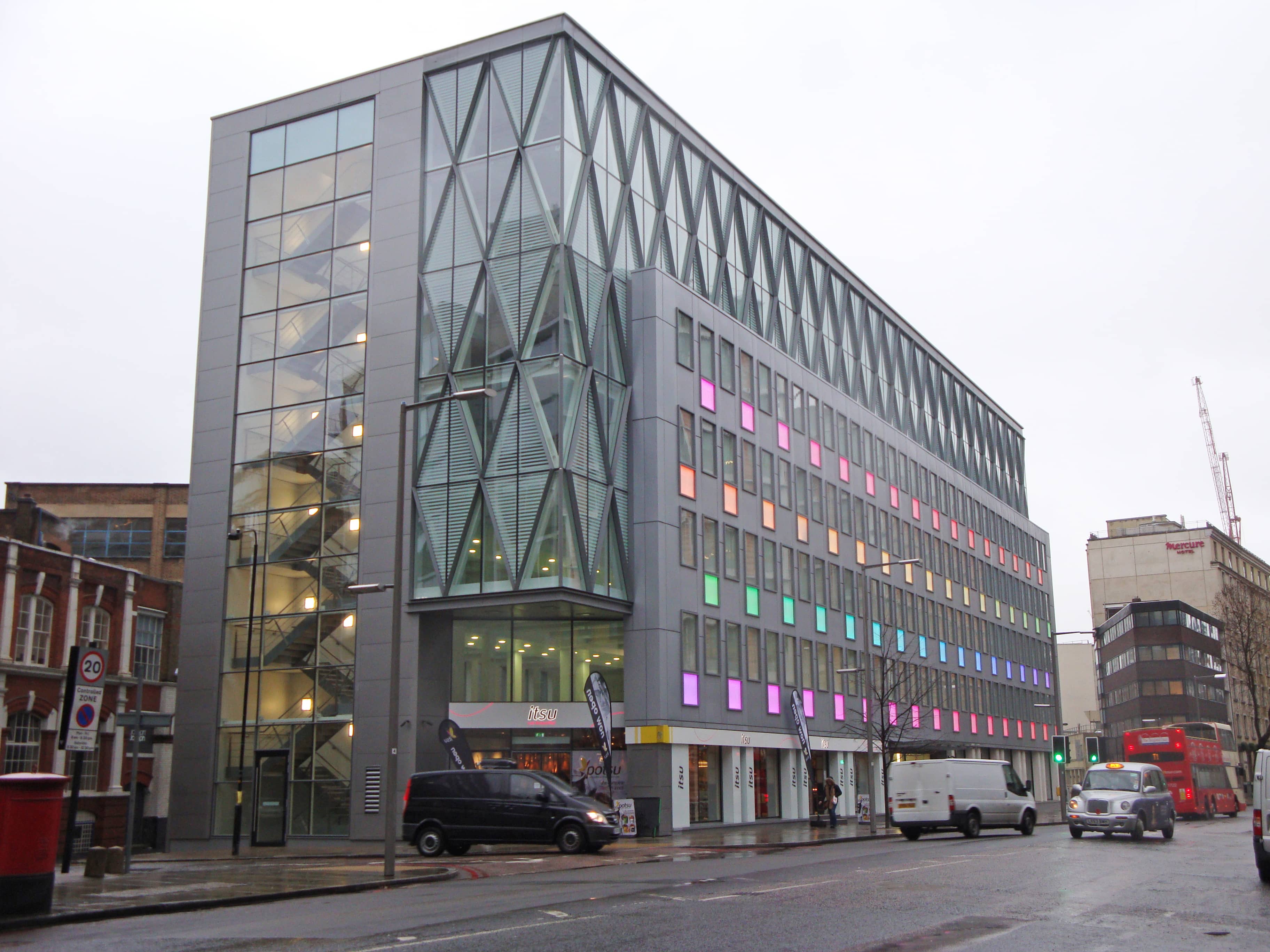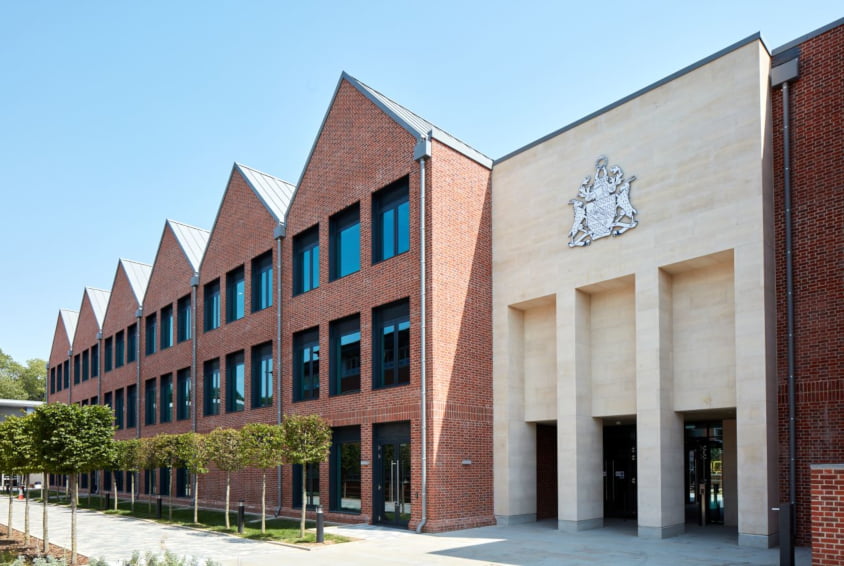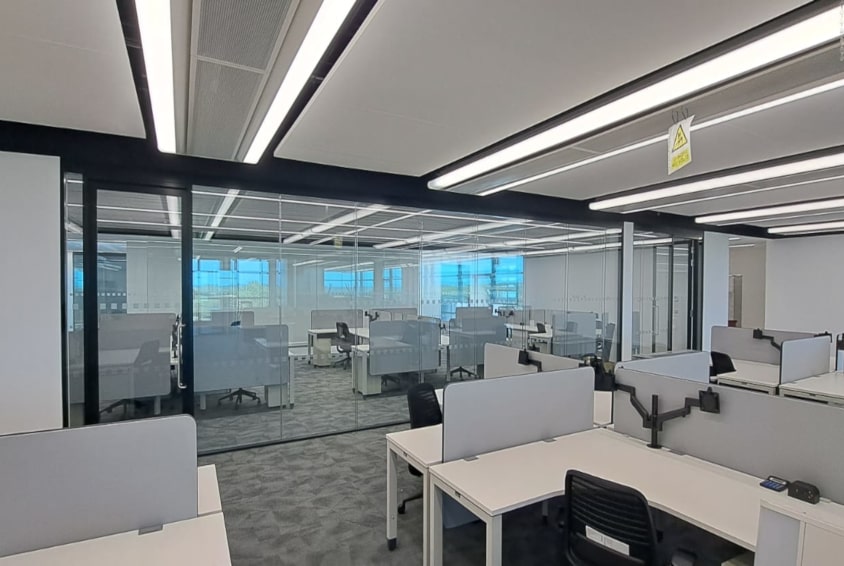Frenger offers LED lighting replacement for T5 Fluorescent Lamps

The end of the T5 Fluorescent lamp lighting is quickly coming to a close, with EU markets set to prohibit their production and placement on the market by August 2023 and UK markets 6 months later in February 2024.
The move towards more sustainable and efficient lighting is a welcome one, with LED lighting emerging as the clear solution for the soon-to-be-banned fluorescent lamps.
In this article, Frenger® will explore the reasons behind the ban and why switching to non-hazardous LED lighting is not only necessary but also beneficial in the long run. Frenger® offers LED replacement lighting for previously supplied Multi-Service Chilled Beams (MSCBs).
Why are Fluorescent Lamps being banned?
The shift towards LED lighting is part of a broader amendment to the RoHS Directive with the previous exemptions for T5 and T8 fluorescent lamps, compact fluorescent lamps, and special purpose lamps all being amended in Phase 2 of the Single Lighting Regulations, resulting in the phasing out of many types of fluorescent lamps.
While the use and sale of existing fluorescent lamp stock is still allowed, businesses and building owners are urged to start planning early for the switch to more sustainable lighting options.
What is the RoHS Directive?
Originally introduced by the EU in February 2003, the RoHS (Restriction of Hazardous Substances) directive and the initiative aimed to reduce the impact of hazardous substances on the environment and human health by restricting the use of certain substances in the manufacturing of electrical and electronic equipment.
One of these substances is Mercury found in fluorescent lighting which has been one of the main sources of mercury in electrical and electronic equipment.
The RoHS directive has therefore contributed to the reduction of mercury emissions in the environment and the protection of health. As a result, manufacturers have had to develop alternative lighting technologies that are free of mercury.
What are replacing Fluorescent Lighting?
LED (Light Emitting Diodes) lighting is the clear solution, offering various advantages over traditional fluorescent lamps such as being 80% more efficient, converting 95% of their energy into light with only 5% wasted through heat.
This improved efficiency is due to the semiconductor within the light-emitting diode, which emits light clearer and brighter while requiring less energy and not containing any harmful chemicals. As a result, LEDs are more environmentally friendly and cost-effective in the long term.
While there may be a higher upfront cost associated with switching to LED lighting, they have a longer service life and improved efficiency, meaning the switch pays for itself after a few years.
Additional LED lighting advantages include high energy efficiency, long life expectancy, and static & dynamic tuneable lighting to offer better Wellbeing.
Switching to LED Lighting
Businesses and building owners have two distinct options when it comes to replacing traditional fluorescent lamps and making the switch to LED lighting.
The cheapest option but not the best option is to retain the current light fitting and replace the fluorescent lamps with LED lamps. This however is a bit of a part solution as LED replacement lamps are 20-30% less energy efficient and have shorter lifetimes then full LED lighting fitouts and are not full DALI compatible. Another consideration for the above option is the use of LED replacement tubes may also require additional adaptation of existing internal wiring of the luminaire for operation with this 'part solution'. It is also advisable, if adopting the 'part solution', to conduct safety testing in accordance with BS60598 to ensure that the general and emergency lighting remain compliant with safety standards. Additionally, it is important to confirm that the lighting design requirements for both general and emergency lighting are also being met.
The best option is to fully upgrade the existing luminaires to DALI compatible LEDs that match your existing MSCB units and to work with your existing lighting control system. Upgrading to an integrated LED fixture earlier than the August and February timelines helps to safeguard against future price increases due to surging LED demand as well as benefitting from the energy savings, long life expectancy, and reduced operational carbon output.

Clare Testing on Frenger's MSCB Units for earth continuity, insulation resistance, polarity, and full DALI functionality test
How can Frenger® help?
As mentioned before, Frenger Systems® offers LED replacement lighting for previously supplied MSCB (Multi-Service Chilled Beam) projects, providing an easy and cost-effective solution for those looking to make the switch with full DALI functionality.

Frenger's MSCB Units in Production
Frenger® has vast experience in the design, manufacture, and supply of Multi-Service Chilled Beam (MSCB) units and Multi-Service Radiant Panel (MSRP) units which integrate LED lighting within the units to free up valuable ceiling space and provide a complete HVAC solution.
Frenger® has in-house lighting design and testing. In-house Photometric Laboratory for lighting distribution and Integration Chamber for LOR (Light Output Ratio) and efficacy testing.
Frenger® utilise Philips Electronics and first tier components and test every luminaire for:
- Earth Continuity Test
- Insulation Resistance Test
- Polarity Check
- Function Test - Essential Power & Dimming, Non-Essential Power & Dimming & Emergency Power & Dimming
Frenger® utilise Philips LED as they are low maintenance in addition to providing the previously mentioned energy and cost savings as well as being >70,000hrs at B10L80 (only 10% of the LEDs will fail to meet 80% of the light output after 70,000hrs of use).
In-House Photometric Testing
In addition to Frenger's in-house 3x Climatic Testing and Acoustic Laboratories, Frenger® has also invested significantly into their in-house Lighting Design & Manufacture facilities at their UK Technical Facility on Pride Park Derby, UK, with 2x Photometric Test Laboratories to evaluate the performance of the luminaires.
This is to ensure that Frenger's LED lighting solutions meet all necessary standards and provide the best possible lighting for any given space or application.

Multi-Service Chilled Beam (MSCB) LED Luminaire undergoing a Goniophotometer Test in Frenger's Photometric Laboratory
Luminaire efficiencies (LOR - Light Output Ratio) and/or Efficacy are measured using their integration sphere for small light sources for larger light sources for Multi-Service Chilled Beams these are tested in Frenger's integration laboratory.
All tests use appropriate equipment to measure and control the characteristics of the luminaire and include air temperature measurements, luminaire supply voltage, luminaire current and power. Thermal characteristics of luminaire components can be recorded during the testing process as required.

Multi-Service Chilled Beam (MSCB) Bullnose luminaire undergoing efficacy test in Frenger's Integration Chamber
In the face of rising energy costs and dwindling fluorescent lamp stock, switching to LED lighting is an easy win in the long run. Whether businesses and building owners choose to retrofit or fully replace their integrated lighting systems, the benefits of LED lighting are clear.
Frenger® have supplied Hundreds of Thousands of in-house manufactured luminaires for their MSCB units worldwide and have also successfully provided LED upgrades to their existing T5 MSCB units.
For those looking to make the switch to LED, Frenger® is ready to provide a range of sustainable and cost-effective LED lighting solutions for both new or refurbishing existing MSCB projects. Click the button below to contact us today.




